October 31, 2024
You NEED a Rain Garden. And you should WANT one, too!
A little over five years ago, I moved to a house with established live oak trees and a lawn of pristine St. Augustine. One torrential season of autumn rains later, my exuberant dogs had transformed my new backyard into a mud pit.
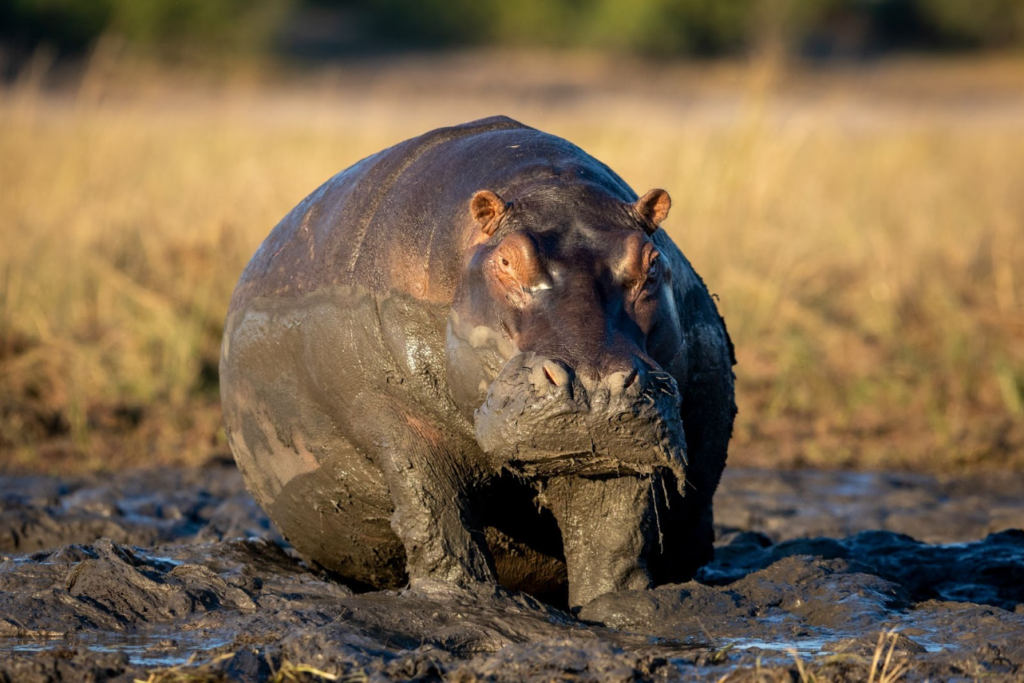
Image credit: StuPorts
It wasn’t really the fault of the trees, or the flooding. It’s not even the fault of the dogs, really. I would like to blame the St. Augustine, of course, given my personal feelings toward excessive amounts of lawn, but that wouldn’t be entirely fair, either. Still, my backyard—and subsequently my gross muddy floors—fell prey to a perfect storm of choices made without any consideration of how they might all function together.
Does this sound familiar? Does some part of your landscape turn into a slippery mudslide, a deep swampy pool? Does it drown almost everything you try to plant there?
Adding rain gardens to my landscape helped me. I bet that it could help you, too.
What is a rain garden?
First, let’s define some terms. When I say rain garden, I mean a depression or basin created in the landscape and then densely planted with native plants. The rain garden should be sited and designed so that as much runoff from your property as possible finds its way to this shallow, bowl-like depression, where the plant roots will suck it up in a matter of hours. Usually, you’ll also construct a berm on the borders of the rain garden to help keep water in this basin instead of allowing it to drain out and wander off wheresoever it pleases.
Unlike a pond, your rain garden should rarely contain water. While it isn’t a permanent water feature, it can be a beautiful part of a garden that has other water features. Since these often bring in wildlife like birds, toads, frogs, and invertebrates, the dense native vegetation in a rain garden makes it an excellent companion to your fountain or pond.
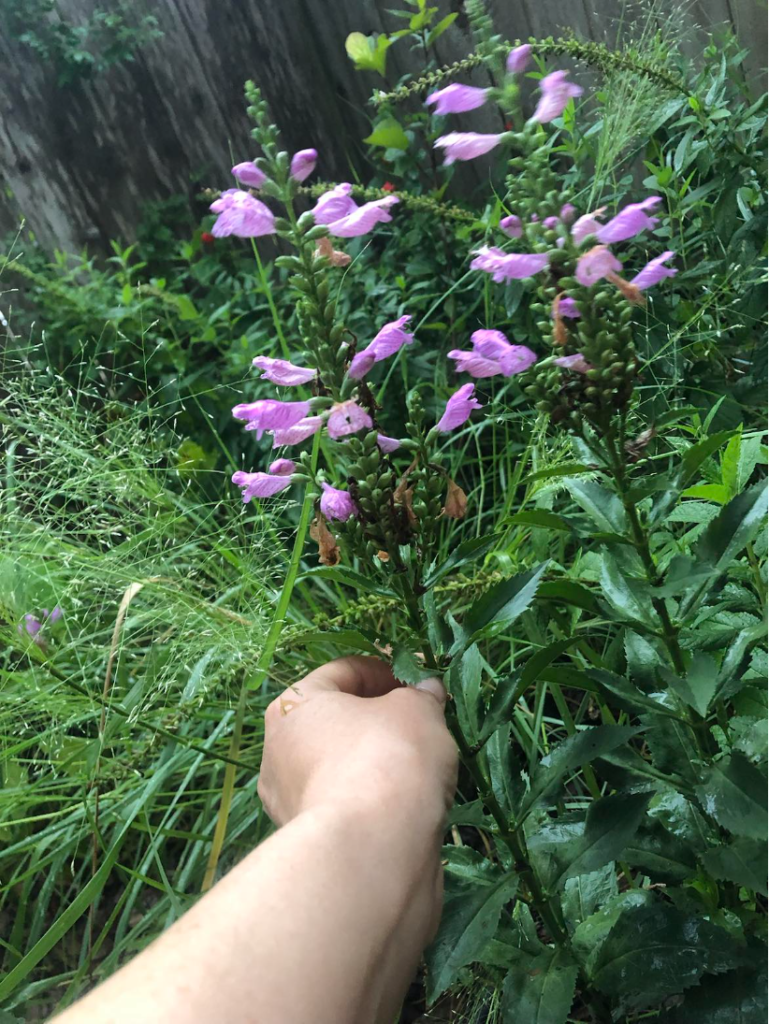
Image credit: Meghan Smith
At its core, a rain garden is an ecological feature. Its plants will ideally be unphased both by the temporary inundation caused by our trademark gully washers here in Central Texas and our typical heat and drought. Rain garden guides for other regions state that once the plants are established, they should not require supplemental watering at all. Here in Central Texas, it’s more realistic to aim for plant selections that will allow you to get away with only having to water during our worst droughts, and even then, only about once a month.
What does a rain garden do in your landscape?
As you may have already guessed, rain gardens are an amazing way to manage flooding and erosion in your landscape.
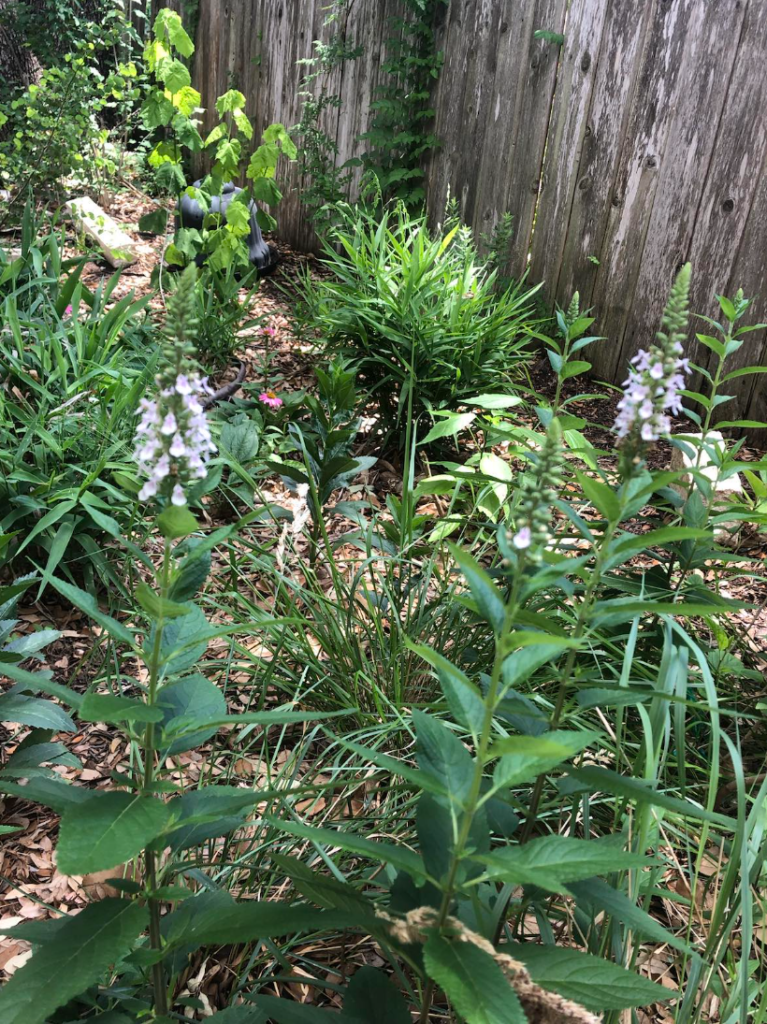
Image credit: Meghan Smith
Instead of rain falling off your roof or running out of your gutters and then either washing away soil or pooling wherever it happens to end up, rain gardens are the perfect final step for designed management of the stormwater chain on your property. Paired with water collection features like rain barrels and cisterns, rain gardens can make sure that as much water as possible, that falls on your house and elsewhere on your property stays on your land, slowly infiltrating the soil for healthier trees, shrubs, and
perennials.
Even if you feel like your garden is on solid rock because you live in one of the awesome, limestone-based ecosystems that define central Texas, where limestone is highly porous. The roots of the plants in your rain garden, especially plants with deep, fibrous root systems like grasses and wildflowers, make even more ways for water to trickle down through that limestone and recharge our aquifers. Those aquifers slowly release the water that keeps our beautiful creeks, streams, and lakes full and clean.
Rain gardens are also beautiful. Although perhaps most commonly designed with a naturalistic aesthetic in mind, the diverse array of plants suitable for a rain garden can create any look you might prefer. Personally, I’ll take a gorgeous, lush array of plants over a gravel pit any day of the week, especially since those plants are going to be just as xeric and waterwise as so-called “zeroscaping” (which, as you may remember from our fall seminar, isn’t a real thing). And dense, varied native vegetation that holds water in the soil and raises the water table fights the urban heat island effect both in our entire region and in your own individual yard. The transpiration that cools plants down will cool you down, too.
How does the water get there?
This is where it gets fun: you get to do a little bit of bioengineering in your own backyard. First, observe your property. What are the problem areas—the areas that get slippery, muddy, or even have a few inches of standing water during and after a downpour? Maybe you can even see parts of your property where a temporary stream forms, washing away soil and even drowning your grass.
Chances are, most of the problem areas in your yard come from rain that lands on your roof and other impermeable services like patios, sidewalks, driveways, and porches. Then, the water runs down and pools at the lowest point of your property (or perhaps drains into your neighbor’s yard and pools there).
Instead of letting temporary streams form and wash away soil wherever they will consider designing and constructing a dry creek bed on your landscape. That way, you can choose where the water runs, directing it out of your gutters or off your roof and into a slight depression (called a swale) that runs downhill to the depression of your constructed rain garden. Although it might seem logical to site the rain garden at the lowest point of your garden, that isn’t always necessary or even the best choice. Choose a location that makes sense with the rest of your design, and allows you to have as much useable surface area in your landscape for whatever you need, and is ideally at least ten feet from your house to protect your foundation. Depending on how large or how steep your property is, you might even want to direct stormwater from more than one surface and into more than one rain garden.
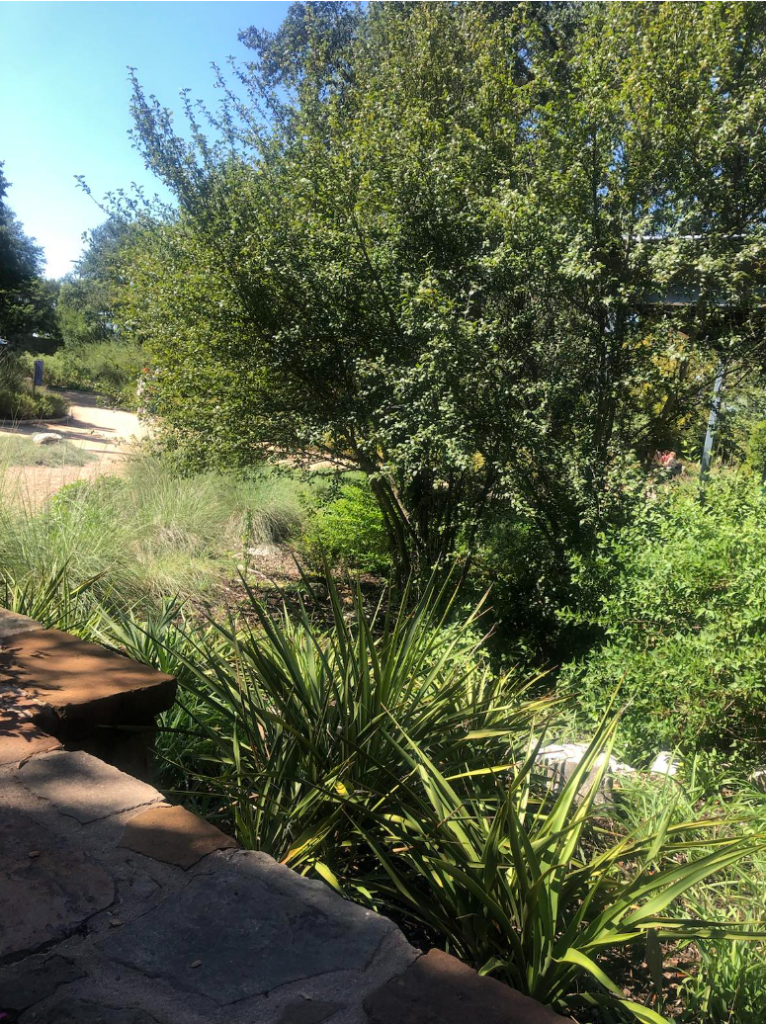
Why not just channel the water into the storm drains? Isn’t that what they’re for?
We’re all familiar with the water cycle as we learned it in elementary school: water falls from the sky; it runs off into creeks and streams; the creeks and streams flow into rivers; the rivers run to the oceans; the water evaporates out of the ocean; the water rains down again.
It’s a little bit more complicated than that, though. Here in Central Texas, we live on a shelf of limestone that used to be an ocean bed during the Cretaceous period, about x000 years ago.
Underneath our limestone hills and plateaus runs a series of caves and karsts that together make up what we refer to as aquifer recharge zones. Instead of just running down creeks and into the rivers and lakes, ideally, our water should filter through the limestone, where plant roots and soil organisms scrub the water of its impurities, pollutants, and more. Full aquifers lead to running creeks and damp seeps, but they also let the lakes from which we get our drinking water be full of clean water without the excess pollution or fertilizers that lead to blooms of unsightly and even dangerous algae that harm humans and wildlife.
When water runs off of impermeable surfaces like houses, roads, synthetically fertilized lawns, and sidewalks and directly into the storm drains, it goes straight to our local streams, creeks, rivers, and lakes without the benefit of the mechanical and biological filtration offered by plant roots and everything else that lives in the soil. All of the oils, chemicals, and waste that our automobiles and other practices create then ends up right in our drinking water. And since Central Texas is prone to torrential downpours after periods of drought, it isn’t uncommon for all of this excessive stormwater runoff to cause our sewage systems to backup into our water supply, making the drinking water dangerous for however many days it takes for the city to correct this imbalance.
If you use well water instead of city water, keeping your stormwater on your property is even more imperative. Recharging your ground water with a rain garden is one way to help ensure that your well will not run dry for generations to come.
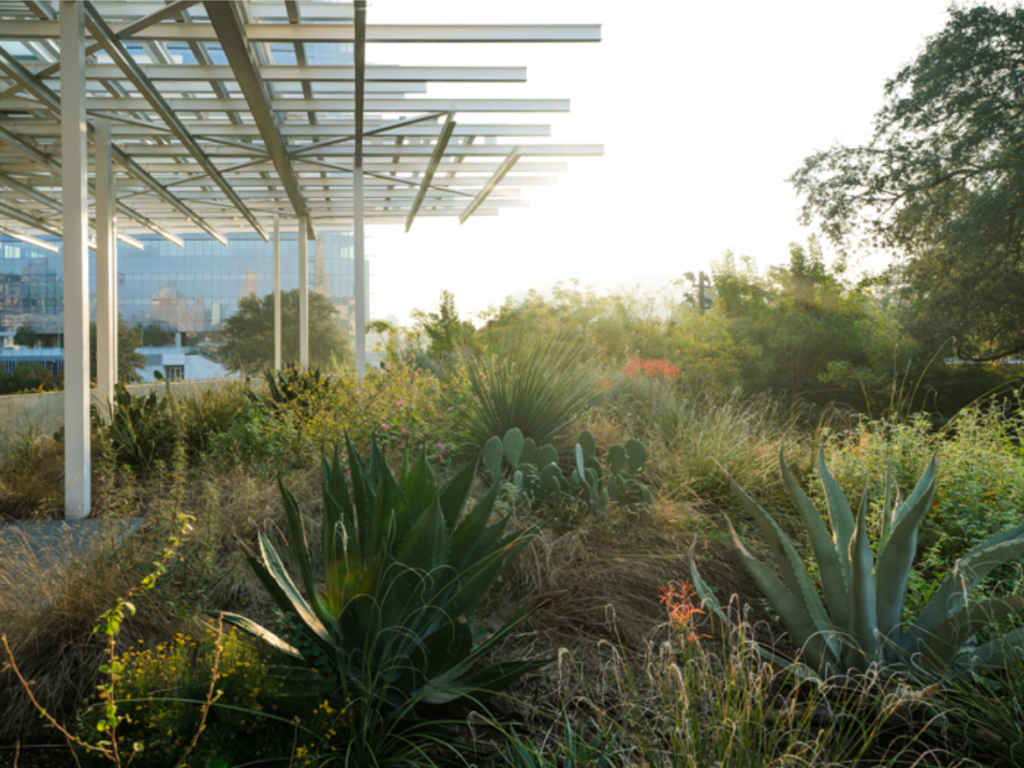
Image Credit: Waterloo Greenway.
Rain gardens may not be water gardens, but we’re big fans of the services they can provide in your landscape, from keeping your walkways and sitting areas dry to watering your trees to recharging our aquifers.
If you want to dig deeper into the finer points of construction, plant selection, and pick our brains about your individual situation, please come to our class this Saturday! Horticulturists Calvin King and Meghan Smith are ready to tell you exactly how to bioengineer a more beautiful, useful landscape that puts every drop of water that falls from the sky to work in a sustainable way.
Author bio:
Meghan Smith is a nursery specialist here at HCWG, a native plant enthusiast, freelance garden writer, and elusive local cryptid. When she isn’t taking care of plants here at HCWG, you can find her either cooing at a dog or crawling around in the dirt identifying plants and bugs somewhere in the Hill Country.


You must be logged in to post a comment.